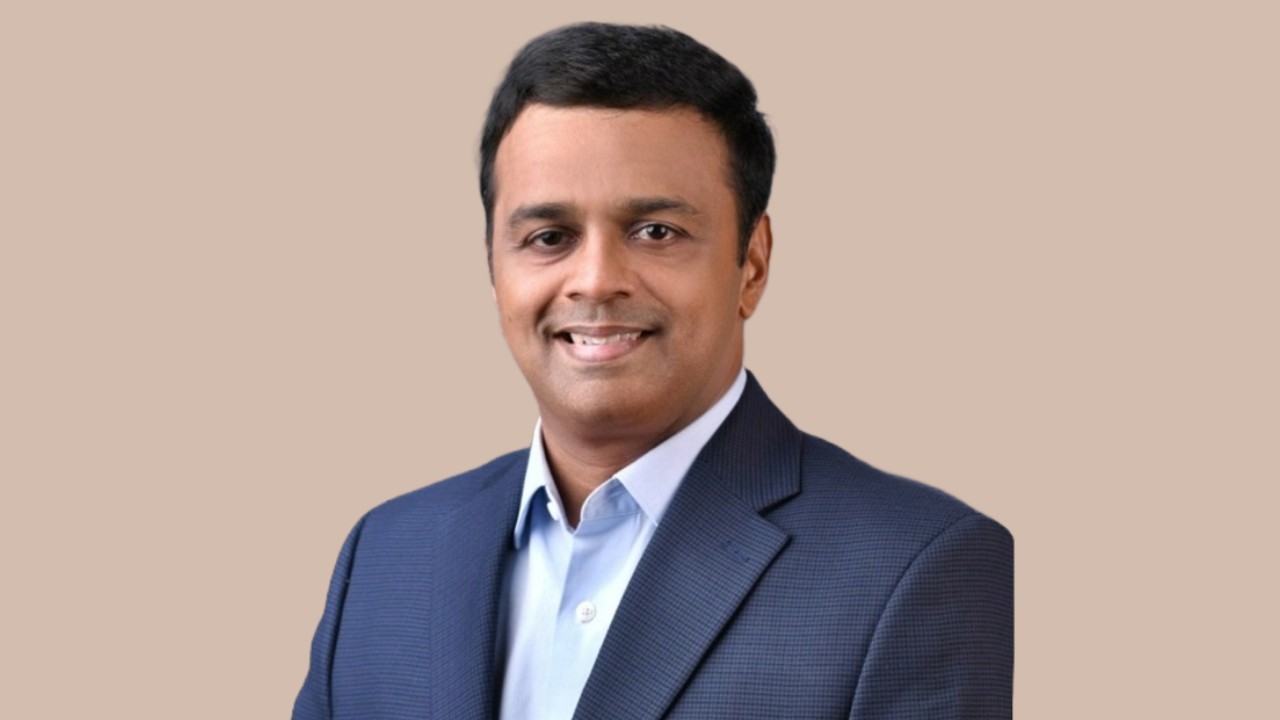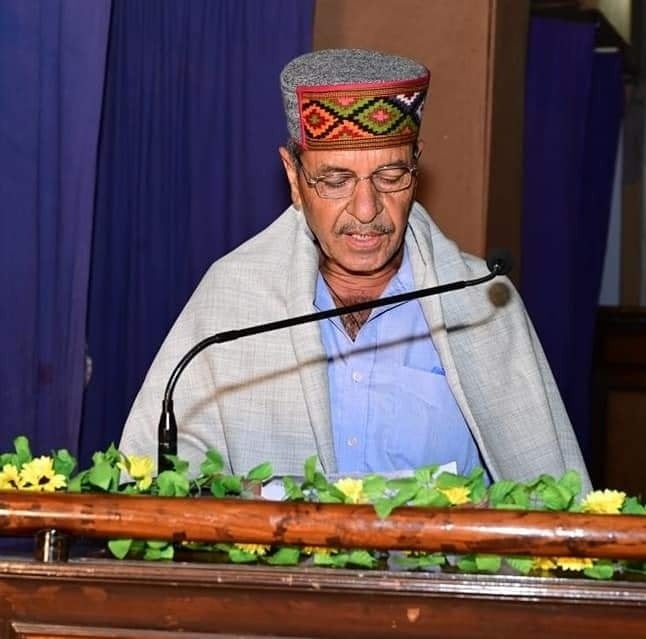Poultry farming in India has surged in recent years, firmly establishing itself as a critical pillar of the nation’s agricultural landscape. In 2024, India’s poultry meat consumption exceeded four million metric tons, marking a slight decline from the previous year. The Indian poultry market, valued at Rs. 2,304 billion in 2024, can reach Rs. 8,430 billion by 2033, reflecting a robust compound annual growth rate (CAGR) of 12.60% from 2025 to 2033. Meanwhile, the poultry feed industry, valued at USD 3.27 billion in 2024, reflects a steady growth, with a projected CAGR of 6.21% through 2030. Increasing demand for poultry products and innovations in breeding techniques further propel this growth.
However, the sector faces significant hurdles. These include viral diseases, poor feed quality, lack of biosecurity measures, and rising feed costs driven by increased corn imports. Despite these challenges, poultry farming remains a cornerstone of India’s agricultural economy, with continued efforts to boost production efficiency and meet the rising demand for poultry products.
In an exclusive conversation with The Interview World, Dr. Venkat Marotirao Shelke, Head of Technical Services (Health) for South Asia at Kemin Industries, addresses the key challenges facing livestock management in the country. He discusses how the poultry industry and veterinary scientists are collaborating to overcome these obstacles. Dr. Shelke also sheds light on the profitability of poultry farming for marginalized farmers and offers practical strategies to enhance productivity and profitability. Below are the key takeaways from his insightful interview.
Q: What are the key challenges related to livestock management in the country?
A: India holds a dominant position globally in the agricultural sector. It leads the world in milk production, ranks second in egg production, and stands fifth in meat production. Despite these accomplishments, there is a significant gap in the per capita consumption of eggs. While India consumes 103 eggs per person annually, the Indian Council of Medical Research (ICMR) recommends a target of 181 eggs. This reveals a substantial shortfall of 78 eggs per capita, indicating untapped potential in production.
The dairy and poultry industries both face numerous challenges. As someone deeply involved in the poultry sector, I can attest to the hurdles we encounter. Key issues include viral outbreaks, raw material adulteration, and metabolic disorders. Viral outbreaks, in particular, are exacerbated by immunosuppression, which stems from various factors, such as contamination in raw materials, toxins, and pesticides in poultry feed. The surge in pesticide use in Indian agriculture has significantly contributed to immunosuppression in poultry.
As a result, the poultry industry grapples with a range of complications, from viral outbreaks and metabolic disorders to declining production levels. Notably, these challenges are not due to specific infections, such as avian influenza, but stem from broader issues impacting the overall health and productivity of poultry. These are some of the critical obstacles the Indian poultry industry is struggling with today.
Q: How are the poultry industry and veterinary scientists collaborating to address the challenges in the sector?
A: Performance in the poultry industry hinges on several critical factors. The foremost among them is the quality of raw materials, followed closely by biosecurity management, effective management practices, and water quality control. Together, these four pillars are essential for achieving superior performance and higher productivity.
In recent years, poultry productivity has surged, driven primarily by three factors: genetic improvements in breeds, advancements in nutrition, and better farming practices. However, the role of biosecurity and raw material quality cannot be overlooked. These two elements are equally vital in enhancing both the quality and productivity of poultry today.
Q: How profitable is poultry farming for marginalized farmers, and what factors influence its viability for them?
A: Poultry farming offers two primary approaches: commercial and integrated farming. In commercial broiler farming, you independently establish the farm, purchase chicks, feed, and medicines, grow the birds, and sell them at market rates. This straightforward method focuses on maximizing productivity and market realization.
In contrast, integrated poultry farming involves collaboration with a technology-driven company. The company will visit your farm, enter into an agreement, and provide you with chicks, medication, and daily guidance on management practices. They will also handle the harvesting, preparation, and sale of the birds, offering you growing charges based on your location. These charges vary, reflecting regional differences.
Additionally, there is local or backyard farming, which serves both meat and egg purposes. For commercial egg production, layer farming is another option. Layer birds can produce 300 to 320 eggs over 51 to 52 weeks, meaning roughly one egg per bird per day. This method involves specific breeds, with three or four primary options available on the market.
Another variation is breeder farming, where both male and female birds are kept. After mating, hatching eggs are produced, which can then be used to grow broiler or layer chicks for sale. Each type of poultry farming caters to different market demands and consumer preferences.
In regions like Punjab, layer farming is most common, particularly in Chandigarh, Karnal, and surrounding areas. In contrast, broiler farming is more prevalent in Punjab, Haryana, and around Delhi. The choice of farming method should align with both market requirements and consumer needs in the area.
Q: What strategies would you recommend to broiler farmers for improving productivity and enhancing profitability?
A: For broiler farmers, I offer two key recommendations: first, focus on effective management and water quality to optimize production efficiency on your farm. Second, and equally important, prioritize biosecurity. Together, these factors will significantly enhance both productivity and profitability in your broiler operation.









